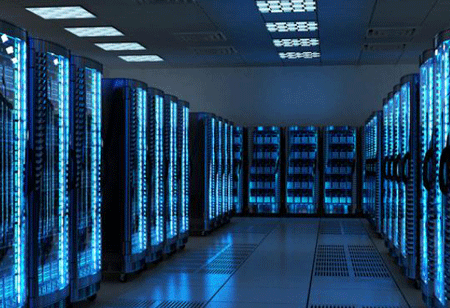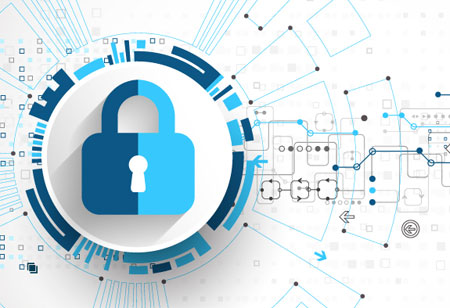THANK YOU FOR SUBSCRIBING
It's time we welcome the new technology and save ourselves from Cyber-attack
Data Centre Security was traditionally built around a firewalled network and was also zeroed-in on keeping menacing external forces out.

By
Apac CIOOutlook | Thursday, January 01, 1970
Stay ahead of the industry with exclusive feature stories on the top companies, expert insights and the latest news delivered straight to your inbox. Subscribe today.
It was difficult for the Greeks to penetrate the walls of the city of Troy, from outside, so they had to devise a master plan that would allow them to gain the trust of the Trojans and conquer the city be deceiving them. The tale of Trojan Horse has always remained a timeless lesson about what can happen when we make the wrong assumptions and trust the people that we shouldn't. Unfortunately somewhat similar situation regarding the security posture of many networks today can be concluded today.
Data Centre Security was traditionally built around a firewalled network and was also zeroed-in on keeping menacing external forces out. However, when users with the right credentials go beyond these perimeter defenses, the system completely trusts them, and there is very little to impede that user's movement was once inside the network's fortification. Therefore, the best method is to adopt a model that trusts nothing in order to secure data and workloads. This zero-trust security architecture can be a completely different ball game for data centers; and by gaining a more deeper understanding of its key benefits, it can be proved beneficial for an organization's assets.
Have Assumptions become a threat?
Nowadays, data center security is loaded with assumptions. We presume that if someone has the credentials to access a network then the network should also trust the user but we fail to realize what if those credentials are stolen? In this way, we give the liberty to our assumptions to open the Pandora's box, and as the magnitude of risk increases and the multi-tenant environment becomes complicated, Pandora's box actually gets worse and worse.
Hence it has become necessary to mandate the removal of 'assumptions' from the security mindset altogether. In a zero-trust model, access is allocated on a per tenant, per application, and/or per workload basis. So now, even if a user's credentials are embezzled, they are only allowed to access the resources which are defined for them. Therefore in the zero-trust model, a user's digital activities can be evaluated on a continuous basis. So if any unusual behavior is recognized, the system can respond accordingly and mitigate potential risk factors.
Intensifying Data Centre Flexibility
Data centers are multiplex networks wherein workloads operate across various environments be it public, private and hybrid and multiple tenants all accessing resources. Due to the complex nature of these networks, simple perimeter defenses allure the network managers from an investment and implementation perspective. However, this simplicity opens the door for all sorts of malpractices for data centers thereby always posing a risk factor.
Additionally, the zero-trust model delivers a benefit i.e. it provides flexibility to the network managers. As access can be allocated on a per tenant, per application, and/or per workload basis, we can have a better understanding of how the system resources are used by the individuals. Instead of delivering resources to all users to the entire network, we can allocate resources to an individual access requirement. In fact. certain access doesn't require network provisions and can be defined as peer-to-peer thereby freeing up even more precious network resources.
Leaving The Obsolete, Adopting The Modern
The zero-trust security model needs an extremely granular level of precision wherein each endpoint, IoT device, user etc is well defined with its own access control. This model was more or less like a dream than a reality there was nothing that could be done in order to simplify or manage this complexity. With a lot of advancement in the technology field where Artificial Intelligence (AI) and machine learning are coming forward, it is now possible to plan and execute a zero-trust networking at a software level. AI has been developed in a manner that it is able to comprehend any unusual behavior depending upon the case and takes necessary actions for it. Therefore, if the zero-trust security model is implemented, the data centers will realize that it is a more advanced software and the need for a firewall system has now become obsolete.
The execution of such a software would take a few more years but the data centers can begin realizing the perks of adopting this security model thereby preparing themselves for the inevitable paradigm shift. This is for sure that this model will help against the kinds of expensive and debilitating cyber attack which are actually on a rise from the past few years. The adoption of this software would definitely take a fair amount of time but its benefits would surely be worth the wait and its effect would also be long-lasting.





